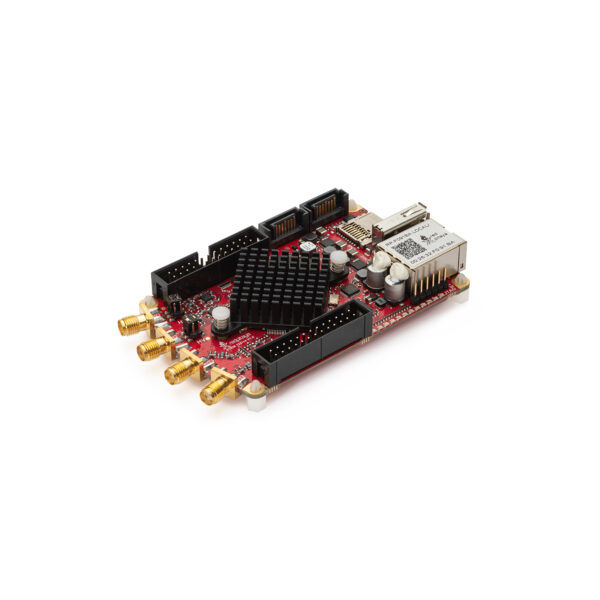

I’m showing the pair here, both ready assembled and as a “kit”.Īgain following an order I like best as it creates reader confidence, the author discusses the schematic and theory of operation of the SDR shield in some detail. The book therefore first presents a shield (plug-on board) for the Arduino Uno. The correct order of working your way into SDR is: (1) do the hardware and understand it, (2) run the software. Instead, due attention is given to real-life aspects of shortwave reception, like combatting noise where it’s most effective: at the antenna side of things. That should provide a clue that his book does not swerve off the easy way towards dry software discussions only, meaning endless screendumps and code listings. All of the ‘brains’ of SDR is vested in software.Īuthor Burkhard Kainka is not only a prolific writer, maker, project designer, and kit supplier, but also a radio ham with callsign DK7JD. yes… software, usually running on a laptop with a quality sound card built in. The days are gone when shortwave radio building was black magic with complex coils, RF parts and specialized construction techniques - these days all you need is a simple RF frontend board with an I-Q mixer, and. Since the tuning and decoding of shortwave radio signals is now done with a minimum of hardware and powerful (free) software, it’s easy to see why newcomers to the radio hobby and others with “DC minds” or with “deep fears of RF” have been totally captured by the concept of SDR.

SDR has proven to be a great promotion tool for the declining radio hobby in general. Author Burkhard Kainka’s inspiring Foreword in the book I’m reviewing here has important clues as to why software defined radio (SDR) is a hit not only among existing radio amateurs.


 0 kommentar(er)
0 kommentar(er)
